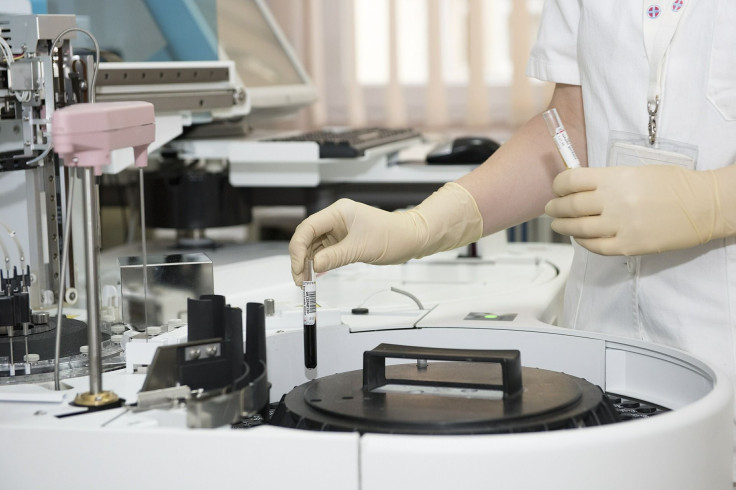HIV Cure 2016: Treatment Successes And Near Misses Of HIV Positive Patients


What is the current state of the HIV cure?
This question originally appeared on Quora. Answer by Tirumalai Kamala, Immunologist.
Here are the most recent documented cases of HIV cures and near misses.
As of 2016, there is one confirmed case of HIV cure, that of Timothy Ray Brown, one of two The Berlin Patient. Diagnosed with HIV in 1995 while studying in Berlin, Germany, in 2007 he underwent Hematopoietic stem cell transplantation from a donor with a rare mutation, which is homozygous meaning in both alleles. The mutation renders a person resistant to HIV infection by disabling its entry into susceptible cells that express CCR5 on their cell surface. Timothy Ray Brown is considered completely cured, sterile cure as in no longer harboring HIV in his body. He is off of antiretroviral therapy (ART).
Two Boston patients were also treated using stem cell transplantation though not from CCR5-delta32 homozygous donors. However, they experienced relapse
The VISCONTI cohort is a group of 14 French patients who started ART within the first few weeks of getting HIV infected. In remission now for 12 years and counting, they're considered 'functionally' cured of HIV, i.e., continuing to harbor HIV but no longer needing to take ART. The same group's also reported similar outcome for a perinatally infected case treated from birth for at least the first 5 years. This patient remained in remission when re-examined at length at 18 years of age.
The Mississippi baby is a case diagnosed as HIV positive at birth and treated with powerful ART starting from the first hours of life. However, s/he suffered a relapse in 2014, this after ART for the 1st 18 months followed by a full 27 months of remission.
Clearly, HIV's ability to become latent, virus latency, is a challenge both for effective anti-HIV immunity and for accurate assessments of disease status. In such a situation a person may appear aviremic or when no virus detected in circulation, and yet have sufficient virus within latently infected cells to trigger relapse.
Main Obstacle To HIV Cure: Virus latency
The CD4 T cells (T helper cell) and other myeloid, such as bone-marrow-derived, cells are the main targets of HIV infection. Problem is replication-competent HIV provirus can persist in resting CD4 T cells and maybe in these other cells as well.
Accurately assess latent virus load, reverse it and help sustain effective anti-HIV immunity to completely eradicate HIV, these are the key steps necessary to mediate cure in HIV patients on ART. To devise a cure in those on ART, an accurate measure of virus load is key. However, it's technically difficult to do so.
Methods that measure integrated HIV virus DNA tend to overestimate latency since they can't discriminate replication-defective HIV DNA. Similar drawback attends methods that measure HIV RNA. While the quantitative viral outgrowth assay (QVOA) is far better at measuring frequency of truly latent, replication-competent provirus, it tends to underestimate the size of the latent reservoir.
Latency-reversing Agents (LRA) such as Disulfiram, Panobinostat, Romidepsin, Valproate, and Vorinostat interfere with latency process. However, several technical challenges in accurately assessing their capacity to inhibit and/or reverse latency include
Data that suggests each one may reverse latency in only a subset of HIV-infected cells. How accurately do data from animal models or in vitro studies recapitulate the situation in human patients? Such doubts suggest combinations of LRAs may be needed to fully reverse latency. Obviously, if latency's successfully reversed, anti-HIV immunity needs to kick in to completely eliminate the virus.
However, is that possible for HIV patients on ART?
Virus may persist as latent provirus in rare cells widely distributed within the body. How often does virus replicate under these conditions and does such replication engender sufficient antigen expression and presentation to trigger an effective immune response? Were such reactivation even to occur, wouldn't anti-HIV immunity have waned in the meantime?
Couldn’t such immunity also be depleted and/or dysfunctional as a result of HIV infection anyway? For e.g., latent virus sequestered within resting CD4 T cells does contain some CD8 T cell escape mutations, an important escape mechanism since CD8 T cells ( Cytotoxic T cell) are among the most effective in killing virus-infected cells.
Those on ART tend to have low frequencies of HIV-specific CD8 T cells. This means there's a need to support efficient anti-HIV immunity in such patients through the use of therapeutic vaccines. However, none are as yet available. Two major obstacles they face To work even in the presence of ART. After all, to stop ART would be too risky. Identify epitopes relevant during latency reversal.
A recent surprising study was a monkey study that showed 'cure' using Vedolizumab, a monoclonal antibody against a gut-specific cell-surface receptor. However, at this stage, this is really preliminary data. Has to be replicated by other groups then tested in humans. Another caveat as well, namely, it used not HIV but rather SIV, Simian immunodeficiency virus.
Thus, current path to HIV cure is far from straightforward. However, cases such as the Berlin patient and the VISCONTI cohort have at least cure put on the map, something that wasn't even a consideration until fairly recently.



























